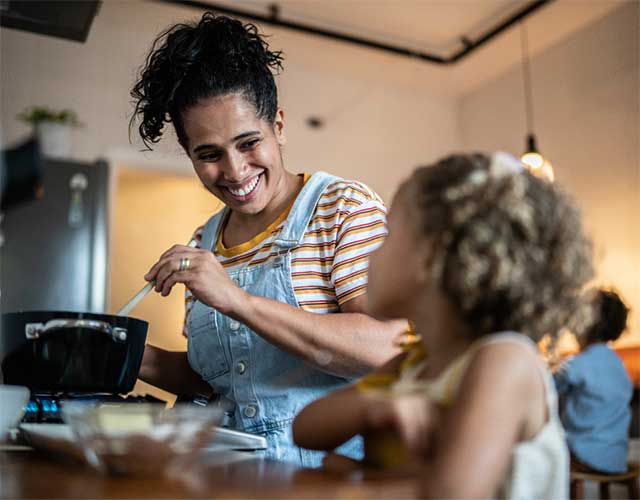Top tips to protect yourself from fraud
Follow our simple tips to keep your money and personal info safe.
Follow our simple tips to keep your money and personal info safe.

If you do receive a call from someone claiming to be from Tesco Bank and you're not sure it’s us, hang up and call us back on a trusted number. If possible, use a different phone to call us back, but if you have to use the same phone, wait at least 10 minutes before making the call.

